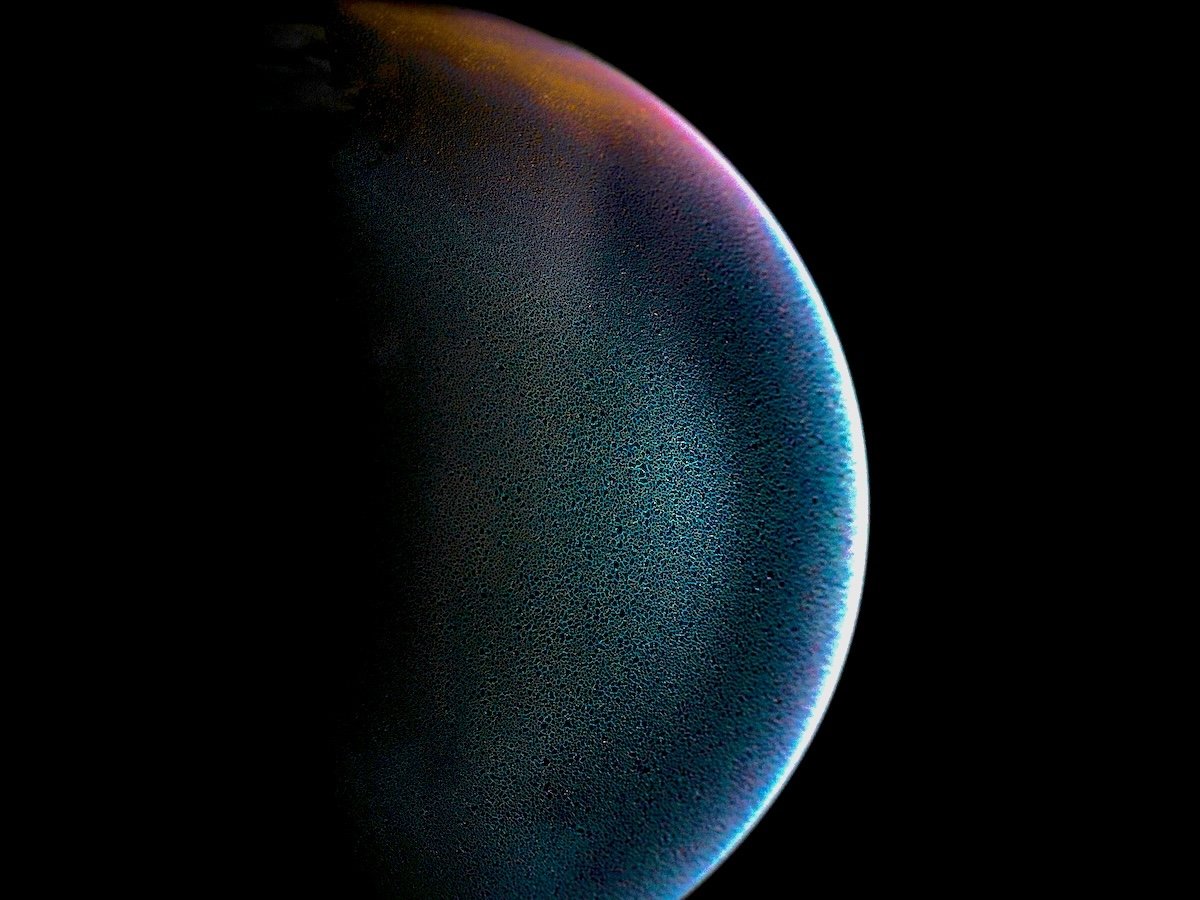In the far reaches of our solar system beyond the orbit of Neptune, a mysterious and yet-unseen world may be lurking in the darkness. Dubbed “Planet 9,” this hypothetical celestial body has been the subject of intense scientific debate and speculation since its existence was first proposed in 2016.
Now, a new study published to the arXiv pre-print service by a team from the California Institute of Technology, Université Côte d’Azur, and Southwest Research Institute has provided compelling evidence supporting the presence of this enigmatic planet.
The origin of the Planet 9 hypothesis stems from the peculiar alignments in the orbits of several distant trans-Neptunian objects (TNOs). Astronomers over the years have debated that these orbital anomalies could be explained by the gravitational influence of an undiscovered planet, estimated to be about five to ten times the mass of Earth, orbiting the sun at a distance of hundreds of astronomical units. Simply put, something weird is going on around Neptune.
The astronomical community has been divided on the existence of Planet 9. Some scientists argue that the observed orbital alignments could be the result of observational biases or other factors, such as the self-gravity of a massive disk of planetesimals (which are bits of debris that form discs around planets).
However, the study’s authors, Konstantin Batygin and Mike Brown disagree. Back in 2015, the pair announced new research that provided evidence of a giant planet tracing an unusual, elongated orbit in the outer solar system. Ever since, they have worked hard to prove that their computer simulations are not only accurate, but reflective of what is happening at the far reaches of our solar system.
“The possibility of a new planet is certainly an exciting one for me as a planetary scientist and for all of us,” said the director of NASA’s Planetary Science Division, Jim Green, back in 2015. “This is not, however, the detection or discovery of a new planet. It’s too early to say with certainty there’s a so-called Planet X. What we’re seeing is an early prediction based on modeling from limited observations. It’s the start of a process that could lead to an exciting result.”
This new study provides a fresh perspective on the Planet 9 hypothesis by focusing on a previously overlooked population of TNOs: long-period, low-inclination, Neptune-crossing objects. Using comprehensive N-body simulations that account for the gravitational influence of all known giant planets, the Galactic tide (a series of forces exerted by objects in our galaxy outside our solar system), and passing stars, the researchers demonstrated that the presence of Planet 9 can naturally explain the observed distribution of these TNOs.
One of the key findings of the study is that Planet 9 can drive the orbits of distant TNOs with semi-major axes greater than 100 AU into Neptune-crossing trajectories, a feat that simulations without Planet 9 struggle to replicate. In short, something out there is causing these effects, and the study argues that the cause of these gravitational shifts is, most likely, a planet.
To accomplish this, the team developed a novel biasing procedure to compare their simulation results with existing observations. This analysis revealed that the observed census of Neptune-crossing TNOs strongly favors a solar system model that includes Planet 9.The study also makes several testable predictions that can be evaluated with upcoming surveys, and the use of the soon-to-be-ready Vera Rubin Observatory will provide some more insights into what these astronomers are seeing.
While the new findings provide compelling evidence for Planet 9, the authors acknowledge that alternative theories have been proposed to explain some aspects of the Planet 9 hypothesis. However, the ongoing perturbation processes they found, to them, is enough proof that we need to take the Planet 9 theory seriously.
If confirmed, the discovery of Planet 9 would not only rewrite our understanding of the solar system’s architecture but also raise intriguing questions about its formation and the possibility of undiscovered worlds in the far reaches of our cosmic neighborhood.
MJ Banias covers security and technology with The Debrief. You can email him at mj@thedebrief.org or follow him on Twitter @mjbanias.

